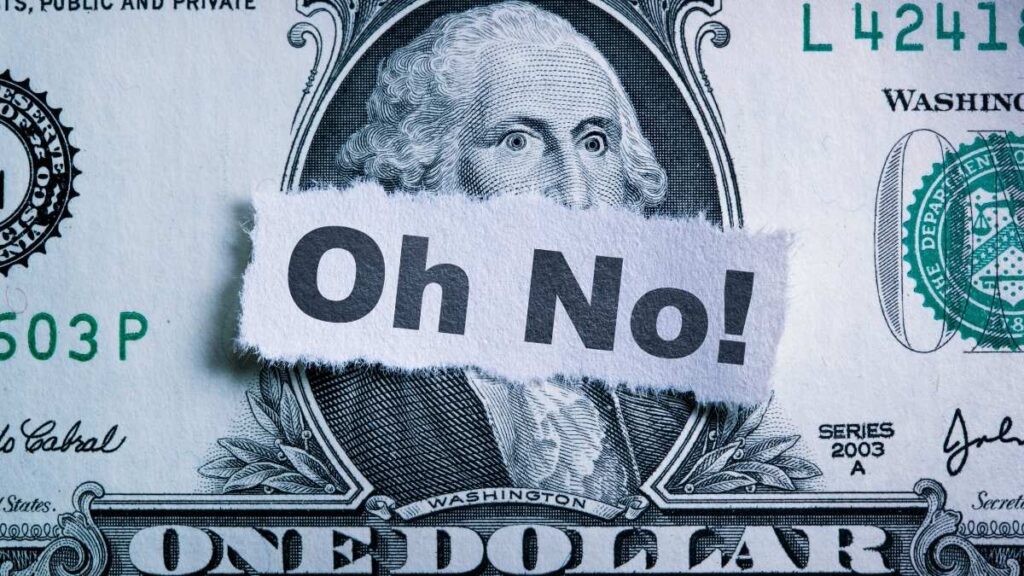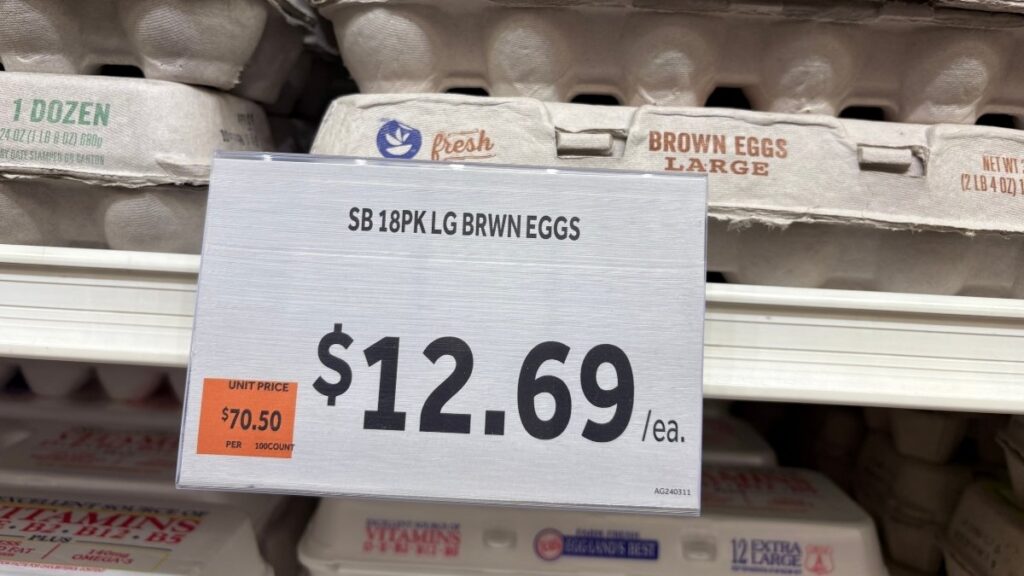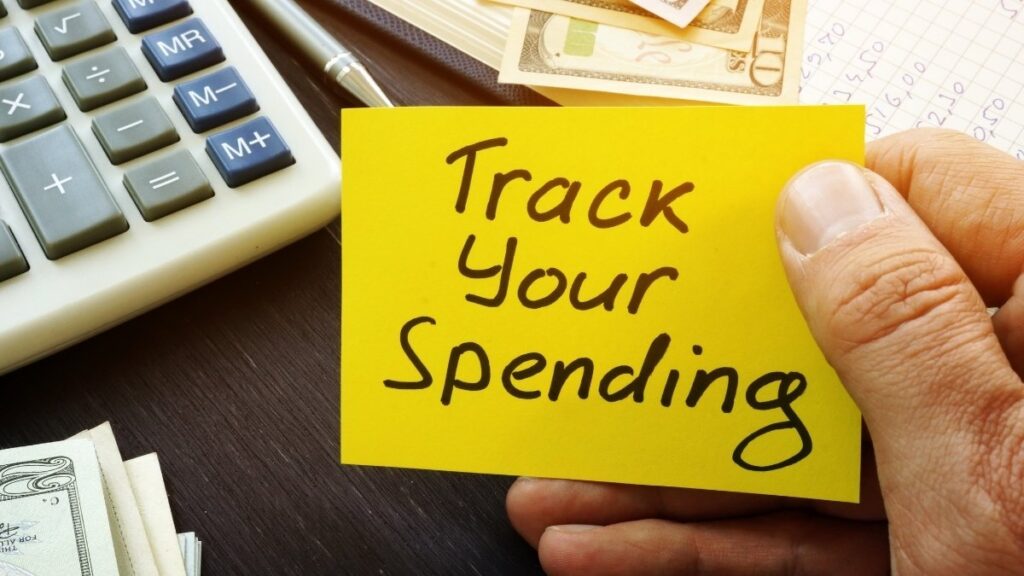Despite reports suggesting millennials are getting richer, a stark reality check reveals they’re holding nearly half the savings of baby boomers—and the personal savings rate plummeted to just 3.6% in 2024, the lowest in over a year.
Even more alarming, 42% of older millennials (ages 35-43) have $100 or less in their savings accounts, making them the most vulnerable generation for financial emergencies.
This dangerously low millennial savings rate isn’t just a temporary setback—it’s creating a permanent wealth gap that compound interest makes nearly impossible to close. Here’s the shocking truth about how this crisis developed and seven actionable strategies to escape this cycle in 2025.
Where Millennial Money Disappears
The Hidden Drains Killing Your Wealth
Monthly Income Flow
The Subscription Trap
The $5 Daily Habit Opportunity Cost
That daily coffee invested at 4% annual returns over 20 years
Before vs After Budget Optimization
Wake Up Call
Lost wealth from just $5 daily spending over 20 years. Small leaks sink big ships.
Why Your Savings Account Is Killing Your Future (And 7 Ways to Fix It This Month)
You check your bank account. Again. The number stares back at you like a cruel joke.

Maybe it’s $847. Maybe it’s $23. Maybe it’s negative.
You’re not alone. But that doesn’t make it better.
While your parents built wealth in their 20s and 30s, you’re stuck watching money disappear faster than you can earn it. Every month, the same cycle: paycheck arrives, bills eat it up, nothing left to save.
Here’s the truth nobody wants to tell you: this isn’t just about being broke today. This is about being broke forever.
But there’s good news. Small changes right now can fix this mess. And you don’t need a finance degree or a six-figure salary to start.
The Numbers That Should Scare You
Let’s start with the facts that keep financial experts awake at night.
The average millennial has $110,556 in total savings. Sounds decent? Not when you compare it to boomers who have $216,007. That’s almost double.

But here’s where it gets worse. Way worse.
39% of younger millennials (ages 28-34) have $100 or less in their bank accounts. Not $100,000. Just $100. That’s less than most people spend on dinner and drinks.
18% of millennials have zero savings. Nothing. Compare that to 15% of boomers who have no savings.
Think about this: if you’re 30 with no savings, you have 35 years until retirement. Your boomer parents had the same 35 years, but they used that time to build wealth. You’re starting from zero.
The bigger picture? The US personal savings rate dropped to 3.6% in 2024. This means most Americans save less than $4 for every $100 they earn.
Nearly half of all households say the cost of living is their biggest challenge to saving money. Translation: everything costs more, but paychecks stay the same.
The $500,000 Mistake You’re Making Right Now
Here’s a math problem that will change how you see money forever.
Person A starts saving $100 per month at age 25. Person B starts saving $100 per month at age 35. Both put money in accounts earning 4% interest. Both save until age 65.

Person A ends up with $118,590. Person B ends up with $69,600.
Same monthly amount. Same interest rate. But Person A has $49,000 more because they started 10 years earlier.
That’s the power of compound interest. Your money makes money. Then that money makes more money. It snowballs.
But here’s the real shock: if you want to catch up after waiting 10 years, you’d need to save $370 per month instead of $100 to reach the same goal.
Let’s make this even more real. Save $50 per month starting at 25 in a high-yield savings account at 4% annual interest. By 65, you’ll have $69,600.
Wait until 35? You’ll need to save $154 per month to get the same $69,600.
High-yield savings accounts currently offer rates between 4-5%. That’s 10-14 times higher than traditional savings accounts that pay around 0.3%.
Every month you wait costs you thousands in future wealth. Every year costs you tens of thousands.
Your Spending Habits Are Wealth Killers
Let’s talk about why you can’t save money. It’s not just because things are expensive (though they are). It’s because of how you spend.

The average millennial carries $6,932 in credit card debt. That’s up 26% in recent years. If you’re paying 20% interest on that debt, you’re losing $1,386 per year just on interest.
Here’s what’s really happening: 47% of millennials are saving money just to pay down debt. You’re not building wealth. You’re digging out of holes.
But debt isn’t the only problem. It’s the small stuff that kills your savings.
That $5 coffee every day? That’s $1,825 per year. Your Netflix, Spotify, HBO Max, Disney+, and whatever else subscriptions? Easily $200+ per month or $2,400 per year.
Food delivery when you’re too tired to cook? The organic everything? The latest phone upgrade?
All those small choices add up to massive wealth destruction.
Let’s say you spend $5 per day on random stuff. Coffee, snacks, apps, whatever. That’s $1,825 per year you’re not saving. Put that $1,825 in a 4% high-yield account instead, and after 30 years you’d have $104,000.
One $5 daily habit costs you over $100,000 in retirement wealth.
How Housing Costs Destroyed Your Savings Plan
Your parents bought homes in their 20s. You’re praying you can afford rent next month.

This isn’t your fault. Home prices jumped 50% over the past decade. A house that cost $200,000 ten years ago now costs $400,000.
Here are the numbers that explain why you’re stuck:
- 24.7% of millennials plan to rent forever. In 2018, only 13.3% said this.
- Only 45% of millennials own homes compared to higher rates for Gen X at the same age.
- Higher mortgage rates mean bigger monthly payments for the same house.
But here’s the wealth problem: when you rent, your monthly payment builds zero equity. Your landlord gets richer. You get a receipt.
When boomers were your age, their mortgage payments were building wealth every month. Your rent payments disappear forever.
The down payment problem makes it worse. Most lenders want 10-20% down. On a $400,000 house, that’s $40,000-80,000 you need upfront.
How do you save $50,000 for a down payment when you can barely save $500?
This forces you into a cycle: rent costs so much that you can’t save for a down payment. Without a down payment, you can’t buy. So you keep renting and never build wealth.
Student Loans: The Savings Account Assassin
Student loans don’t just take your money. They steal your future.
Americans in their 30s owe $54 billion in student debt. That’s not total debt across all ages. Just people in their 30s.

Only 55% of millennials can access employer retirement plans. Compare that to 77% of Gen X workers.
Here’s how student loans kill your wealth-building:
- 42% of millennials delayed other loan payments because of student debt
- 44% delayed retirement saving
- 33% delayed buying homes
Let’s do the math. Say you pay $400 per month on student loans for 10 years. That’s $48,000 in payments.
But here’s the hidden cost: if you invested that $400 per month in an account earning 7% annual returns, you’d have $66,200 after 10 years.
So student loans don’t just cost you $48,000. They cost you $66,200 in lost investment growth. Plus whatever that money would have grown to over the following decades.
The opportunity cost of student loan payments can easily exceed $200,000 in lifetime wealth.
The Inflation Trap That’s Eating Your Paycheck
Everything costs more. Your paycheck stays the same. That’s the trap.
Inflation hit 8% in 2022. The biggest jump in decades. Your rent, groceries, gas, and everything else got way more expensive.

Wage growth? Only 5.1%. So you’re losing 2.9% of your purchasing power every year.
67% of people say the cost of living isn’t affordable in their area. 80% of Americans are making sacrifices because of inflation.
Here’s what this means in real dollars:
If you made $50,000 in 2020, you’d need to make $57,500 in 2024 just to buy the same stuff. But most people didn’t get $7,500 raises.
Your money buys less. Your ability to save gets crushed.
A grocery budget that worked two years ago doesn’t work today. Gas that used to cost $30 to fill your tank now costs $45.
This isn’t temporary. Prices rarely go down. They just go up slower.
Every year you don’t get a raise that beats inflation, you get poorer.
7 Ways to Fix Your Savings This Month
Enough bad news. Let’s fix this mess. Here are seven strategies that actually work:
1. Automate the “Pay Yourself First” Method
Don’t try to save what’s left over. There won’t be any.
Set up automatic transfers that move money to savings before you can spend it.

On payday, before you pay any bills, automatically transfer money to a high-yield savings account. Start with $50 if that’s all you can manage. Increase it by $25 every three months.
This is called reverse budgeting. Instead of budgeting what to save, you save first and budget what’s left.
Most people fail at saving because they rely on willpower. Willpower runs out. Automation doesn’t.
2. Switch to High-Yield Savings Accounts
Your regular savings account pays about 0.3% interest. High-yield accounts pay up to 4.35%.

That difference matters. A lot.
On $5,000 in savings:
- Regular account earns $15 per year
- High-yield account earns $217 per year
Look for accounts with no monthly fees and low minimum balances. Many online banks offer these rates because they don’t pay for physical branches.
3. Do a Subscription Audit Right Now
Open your bank statement. Count every recurring monthly charge.
Netflix: $15. Spotify: $10. HBO Max: $15. Disney+: $8. Amazon Prime: $15. Gym you never use: $30.

That’s $93 per month or $1,116 per year just from those six subscriptions.
Cancel everything you don’t use weekly. For everything else, see if you can downgrade to cheaper plans.
Use apps like Rocket Money to track subscriptions automatically.
4. Track Your Micro-Expenses
Small purchases kill savings faster than big ones because you don’t notice them.

$5 coffee. $8 lunch upgrade. $3 snack. $12 drink after work. $15 food delivery fee. That’s $43 in one day. $215 per work week. $11,180 per year.
Track every purchase under $20 for one week. Use your phone’s notes app or a simple expense tracker.
You’ll be shocked at where your money goes.
5. Pay Off High-Interest Debt First
Credit card debt at 20% interest is an emergency. Paying it off gives you a guaranteed 20% return on your money.

You can’t find investments that reliably beat 20% returns. So paying off credit card debt is your best investment.
Set up automatic payments for more than the minimum. Even an extra $25 per month cuts years off your payoff time.
6. Turn Side Hustle Income Into Savings
81.9% of Gen Z has side hustles averaging $533 per month. If you don’t have one, consider starting.

But here’s the key: don’t let side hustle money become lifestyle inflation money.
Every dollar from side work should go directly to savings or debt payoff. Automate the transfer so you never see the money in your checking account.
$500 per month in side hustle income becomes $6,000 per year in savings. In a 4% account, that’s $342,000 over 30 years.
7. Start Investing Even With Small Amounts
Don’t wait until you have thousands to start investing.

If your employer offers 401k matching, contribute enough to get the full match. That’s free money.
Open a Roth IRA and contribute even $50 per month. At 7% annual returns, $50 monthly becomes $136,000 over 30 years.
Many investment apps let you start with $1. Consistency matters more than the amount.
Your Future Depends on What You Do This Week
The 3.6% personal savings rate isn’t just a number in a report. It’s a wealth emergency.
Every month you wait to start saving costs you exponentially more in lost compound interest. A $100 monthly savings habit started today is worth tens of thousands more than the same habit started next year.
Here’s what you need to remember:
Small changes create massive long-term impact. Saving $200 per month might feel impossible, but it turns into hundreds of thousands over decades.
Automation removes willpower from the equation. Set up systems that save money before you can spend it.
Time is your biggest advantage if you’re young, and your biggest enemy if you wait.
Pick one strategy from this list. Just one. Set it up this week.
Your future millionaire self is counting on the actions you take today, not the plans you make for tomorrow.
The question isn’t whether you can afford to start saving. It’s whether you can afford not to.

